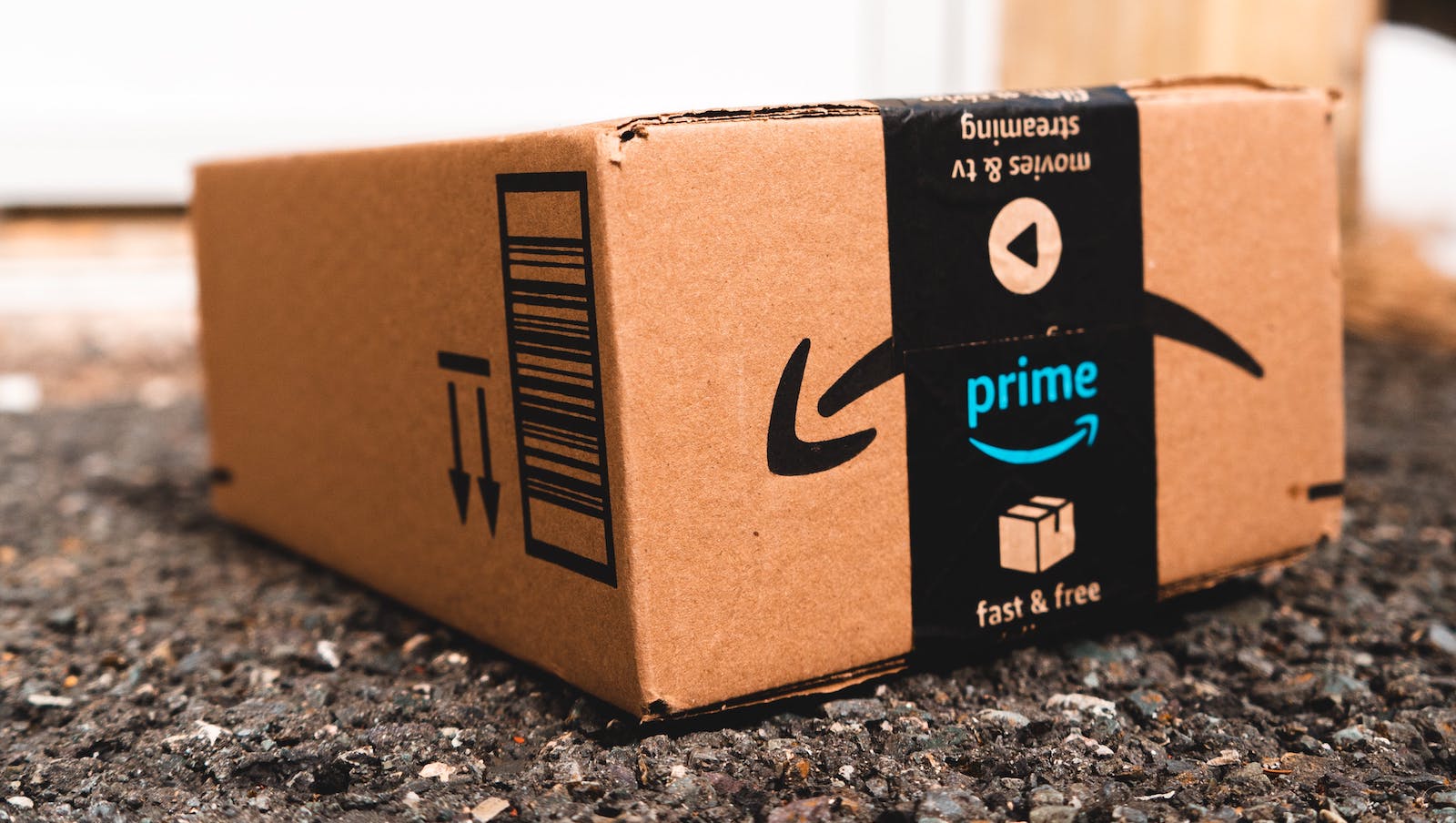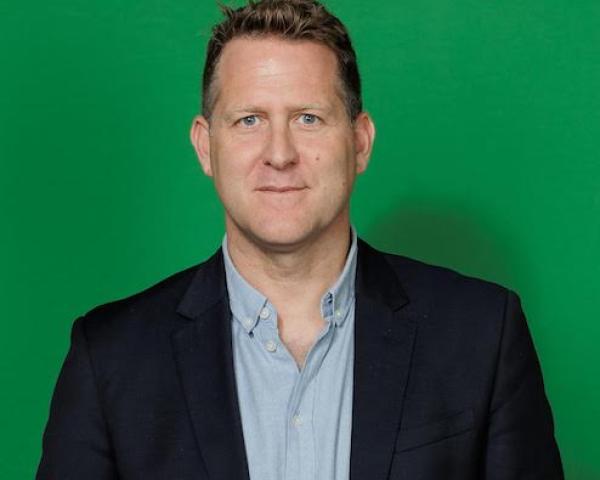From its inception in 1995 to today, Amazon has been a pioneer.
At this stage, it'd be easy for the tech giant to simply sit back and treat most of its business portfolio as cash cows, there to be milked until they run dry. However, 29 years later, Amazon continues to deliver lean startup models, learning fast, adapting and moving forward.
Before I dive into the recent Insurance Store experiment and its implications for the insurance industry, it's important to note that Amazon is an ecosystem driver. That last word is particularly important.
Broadly, there are two ecosystem models. On the one hand, you have drivers, like Amazon, who strive to own the ecosystem in which the market exists. They are the apex predator, holding the most customer knowledge while consistently increasing their ability to act on it.
Being a driver is an incredibly powerful market model when you can make it work, and it's unsurprising that some of the biggest brands in the world are also ecosystem drivers: Apple, Google and Netflix, to name a few.
On the other hand, there are modular producers, which specialize in operating in everyone else's ecosystems. They not only hold acute knowledge of the customer, they specialize in acting on it wherever they are. Think PayPal for payments or Intel in manufacturing.
You could argue that Amazon does both, but I believe what makes it rare is its push to own the ecosystem. Alexa isn’t a byproduct of technology-based innovation. It's a result of a corporate culture that relentlessly looks to achieve the greatest share of its customers' minds and optimizes its ability to drive purchase habits. Being ever-present and able to interact through voice was an obvious way to help do this.
See also: Learning From Failure
So what does all this mean for insurance?
In my opinion, there are no true ecosystem insurers yet. There are those that operate their own value chains in ecosystems, and there are those that participate in others'. But insurers simply aren't structured in a way that can leverage an ecosystem model to its fullest potential.
Amazon wasn’t built around the concept of books. It was built around the customer and the desire to optimize convenience, price and the buying experience. Why? Because these are the things that drive relationships, engagement and sales. As Amazon advanced its technology foundations, it became a logistics and technology business capable of increasingly selling anybody anything. This makes Amazon one of the most-talked-about threats to any market, including financial services and insurance.
Insurers can learn a lot from both ecosystem business and technology models, particularly the concept of being built around the customer. Being built around a policy or value chains of policies creates siloed organizations. It prevents the flow of data and an organization’s ability to act on it in real time. As a result, most carriers aren’t even capable of recognizing a car insurance customer in their home insurance experiences.
The ecosystem model will enable the creation of insurance experiences that connect with customers in myriad ways, from recognizing a change of circumstance and making my insurance and life feel more connected, to helping me understand and act on risk. Even better, maybe I can mitigate the risk entirely.
In the case of the Insurance Store, Amazon clearly spotted a gap. Low levels of product knowledge and trust meant setting a cover standard could well provide the differentiation needed. Reassuring customers that they are comparing products knowing they meet certain cover levels reduces cognitive load and allows customers to explore the more nuanced aspects of home insurance. Add this approach to an experience model that’s proven and easy to understand, and the long-held Amazon ethos of “Don’t make me think” (thank you, Steve Krug), and the Insurance Store could have been highly disruptive.
Sure, many predicted it wouldn’t upend a saturated market led by price. But let me be clear: Amazon isn't out of insurance.
It will remain, offering embedded solutions and healthcare and often participating in cross-selling. Leveraging your assets (customers in Amazon’s case) is always sensible.
Many commentators have said that a) they find the closure of the Insurance Store after 15 months a predictable outcome and b) it reflects the complex and competitive nature of insurance. But I'd largely disagree with them.
I think this was always a massive learning opportunity. Whether that opportunity succeeded or failed, it was going to bear some fruit -- even if that fruit was highlighting what not to do.
My hat is off to all those who participated. Creating a standard that made sure each insurance policy met a specified minimum level of cover made it easier for customers to know what they were getting. Further, the desire to create a better experience was a noble effort. Amazon showed the direction all insurance should be going.
Price-leading purchase habits in insurance require aggregators (e.g., Confused.com) to validate the best price they can. But doing so requires scale and market coverage. Otherwise, it's hard to justify telling customers something is "cheapest" or "best value."
It was therefore impossible for the Insurance Store to compete in this market model without being competitive on price. I suspect market coverage played a part, as well.
See also: 5 Key Mistakes in Long-Term Planning
My advice is that Amazon should now focus on their embedded insurance potential and focus on markets such as healthcare where there's enough differentiated value in creating better experiences and convenience, and where they generally have more levers to compete best. I suspect they'll do exactly that.
For insurers, we need to keep experimenting, taking on market opportunities and learning fast from them. Amazon’s Insurance Store showed that there are gaps that other markets and other businesses will continue to look to fill. Insurtechs and neo-insurance models are just getting going.
We're at the dawn of the insurance ecosystem era, and a protracted tipping point. If we keep going, everyone will benefit. The only way to be a winner in this next phase is to be increasingly adaptive. And to do that competitively you have to be on the steepest learning curve of your competitors.
You must participate in the emerging ecosystem by constantly evolving. This requires the same foundations as the ecosystem businesses we already have in other industries, bringing in the proven new technologies pioneered in the cloud and software as a service (SaaS) world and applying them at scale to insurers. This will create agility through data-fluidity, expanding ecosystem and intelligently orchestrated experiences.
It will also reduce both the cost and complexity of change, particularly in extensibility and scaling, and create boundless value potential and the opportunity to build more meaningful relationships with customers.
The future is insurance that’s embedded intelligently into our lives, risk-mitigating, human-centric and adaptive.








